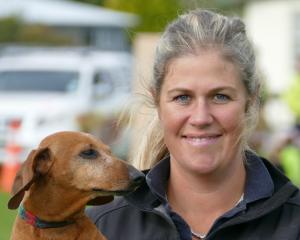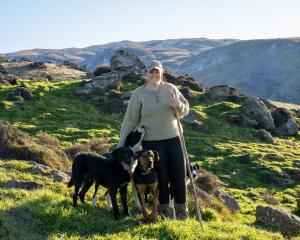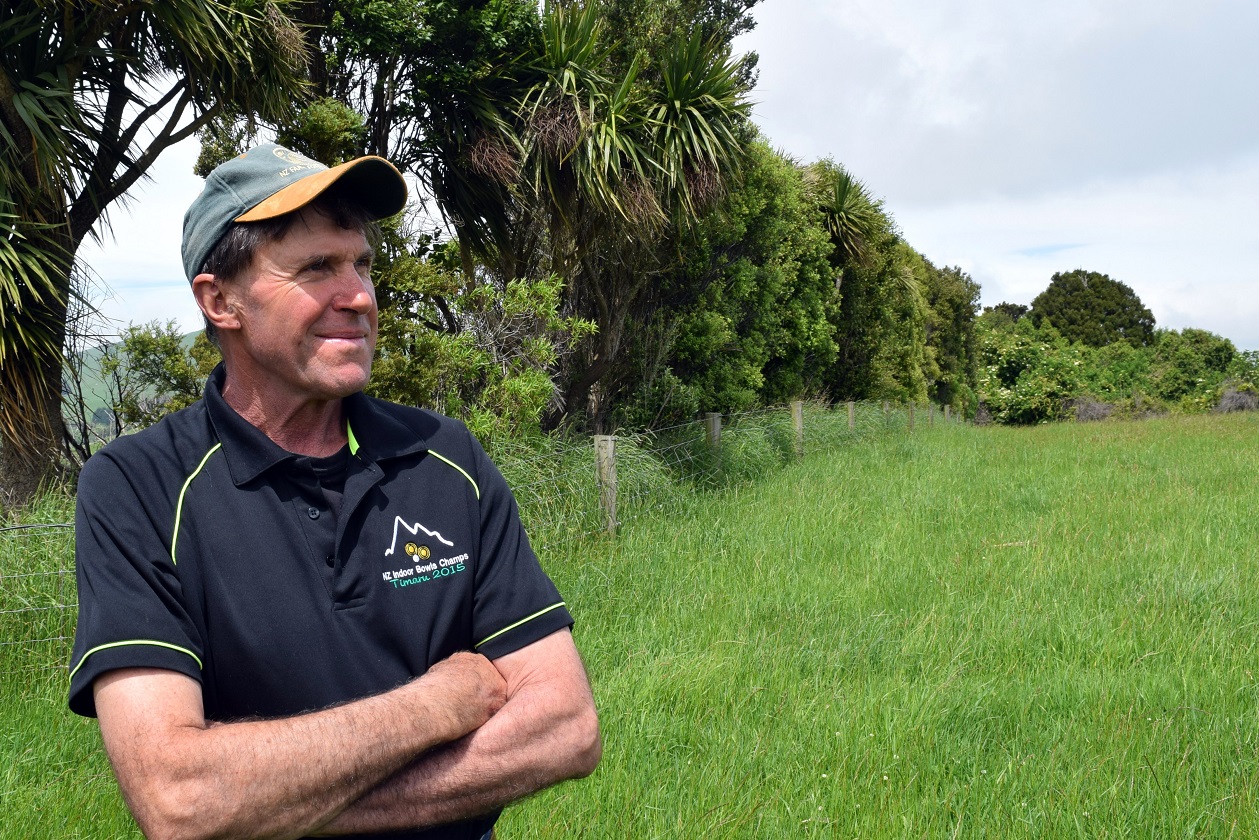
Going native
Catlins sheep and beef farmer Barry Gray never planned to be a champion for the use of native plants on farm.
He was named the South Island recipient of the 2022 Landcare Trust Award for doing just that.
"I never planned to go natives," he said.
In response to the award, the South Otago Farm Forestry Association held a field day on his property, Graylands Farms, on Friday last week.
Mr Gray’s grandfather established Graylands Farms on about 70ha in Katea Valley, northeast of Owaka, in 1902.
"He put his tent on the side of the road because it was all bush," Mr Gray said.
When Mr Gray was a child, his parents bought a neighbouring block, increasing the farm size to nearly 250ha.
He began planting natives on his farm when establishing his first shelter belt in the early 1990s.
The aim was to grow a shelterbelt between 2m and 5m high, so its height did not shade too much of the paddock.
In his inaugural shelterbelt, he wanted trees of different shapes and colours and some with leaves which fell off in the autumn, so light could get through in winter, but would return to provide shade in summer.
Species in the first shelterbelt included five-finger, hebe, kowhai, rata and ribbonwood.
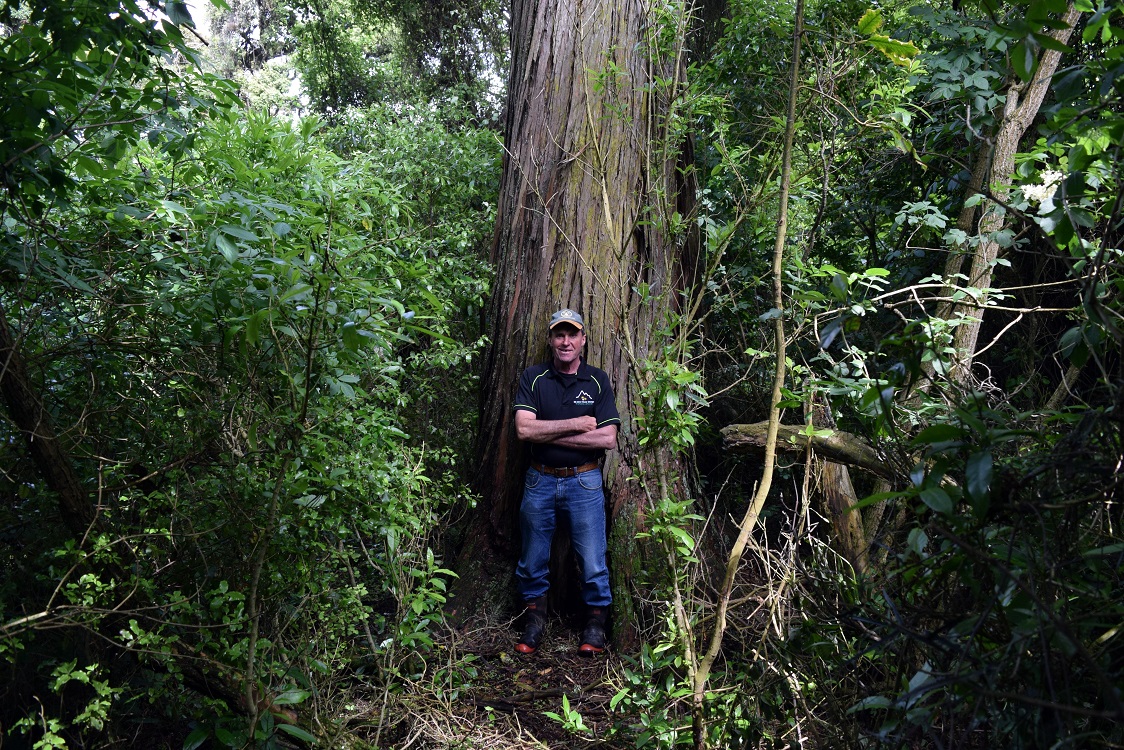
In the shelterbelt, he wanted plants, such as hebes and tussock, to create a low vegetation wall to block wind and provide protection for newborn lambs.
Also in the shelterbelt needed to be taller trees, such as ribbonwood and Chatham Island ake ake, to "filter" the wind so it did not get directly dumped on the lambs sheltering behind the wall.
"It’s a matter of getting the balance right."
Now the sheep and beef operation covers about 660ha, including blocks on the Owaka Highway, near the turnoff to Cannibal Bay, which had been bought in 1999, and a neighbouring block bought in 2009.
"You either got bigger or you got out. I was passionate about farming and got bigger."
He now winters about 3000 ewes, nearly 800 ewe hoggets, about 50 rams and about 150 beef cows, mostly Maine-Anjou, and more than 100 yearlings and 20 other cattle, which were mostly bulls.
The most recent land purchase for the farm was in the Owaka Valley nearly six years ago, a property which includes a local landmark, the Scotman’s Bonnet.
His sons, Thomas and Jeremy, work on the farm.
Thomas has planted four native shelterbelts.
Rabbits had eaten some of the ribbonwoods in Thomas’ first attempt.
On his second attempt, he scattered droppings taken from under the raised kennels of their working dogs around the ribbonwoods to deter pests.
People on the field trip last week were shown mature native trees on Graylands Farms, including kowhai, pokaka and totara, one of which he believed to be more than 900 years old.
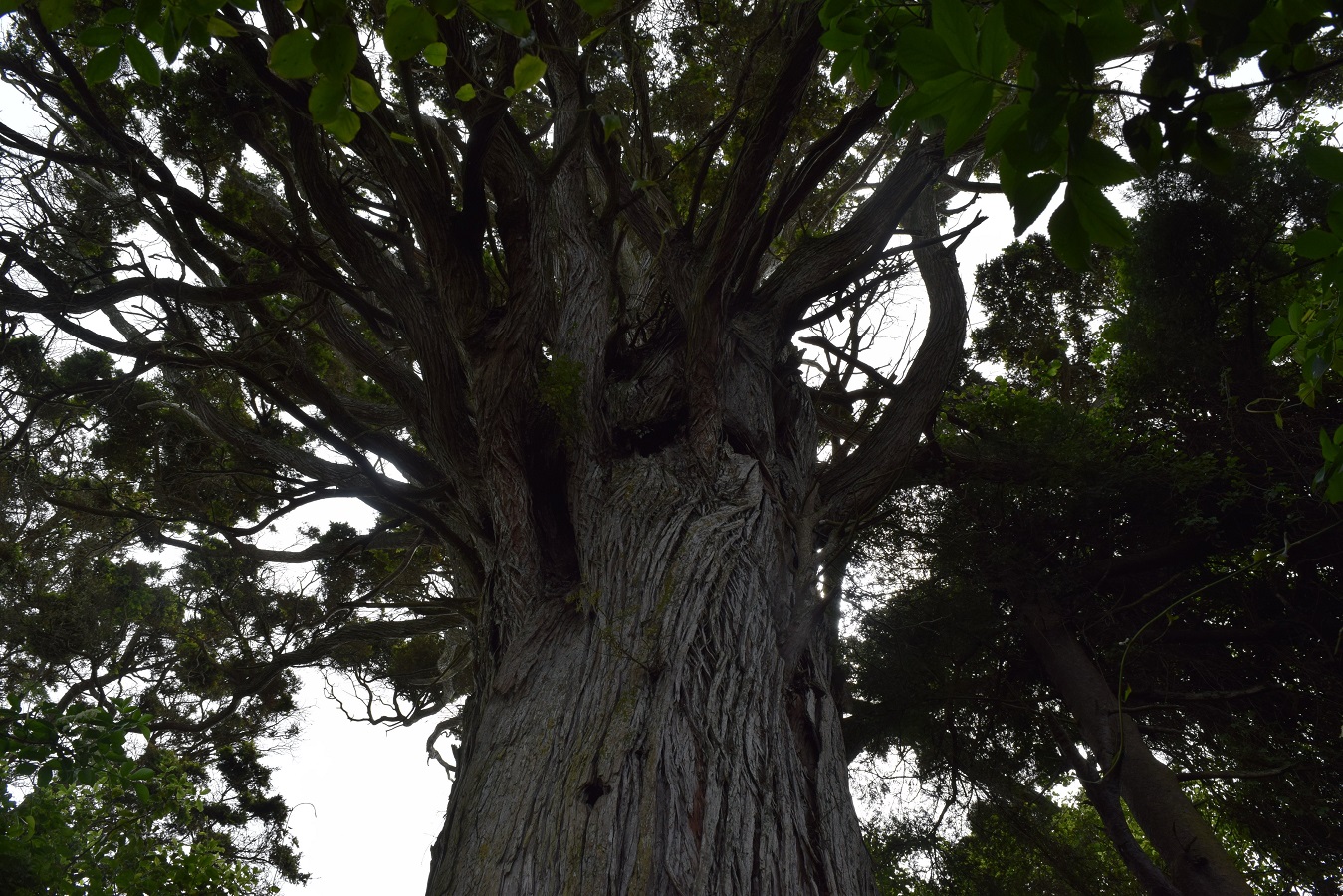
Tour participants were shown photos of some of the more than 100 different native species he had planted on the farm, taken when they were flowering, including cabbage tree, common tree daisy, corokia, houhere, kaikomako, lemonwood and small-leaved tree daisy.
The flowers attracted bees, which had a positive impact on the pollination of clover in his paddocks, he said.
Other photos shown on the tour included a fruiting five finger and coprosma.
"Look how showy that is. I think it looks cool," he said about the bright orange coprosma berries.
Maori once ate the berries so he had given it a try.
The berries looked better than they tasted, he said.
"It was not very flash."
Another native plant he had eaten was the shoots of the koromiko — a hebe which he believed was a natural cure for dysentery in people and diarrhoea in stock.
He kept data on the nutritional value and mineral content of native plants for stock, such as crude protein and soluble carbohydrates, which he then used to help him select species to plant on his farm.
During calving and shearing, he hand-fed stock native foliage from his shelterbelts.
He was a member of the Otago South River Care group and had fenced off creeks on his farm and put in native riparian plants at his own expense.
Since doing the work, he had seen skinks in the riparian plants.
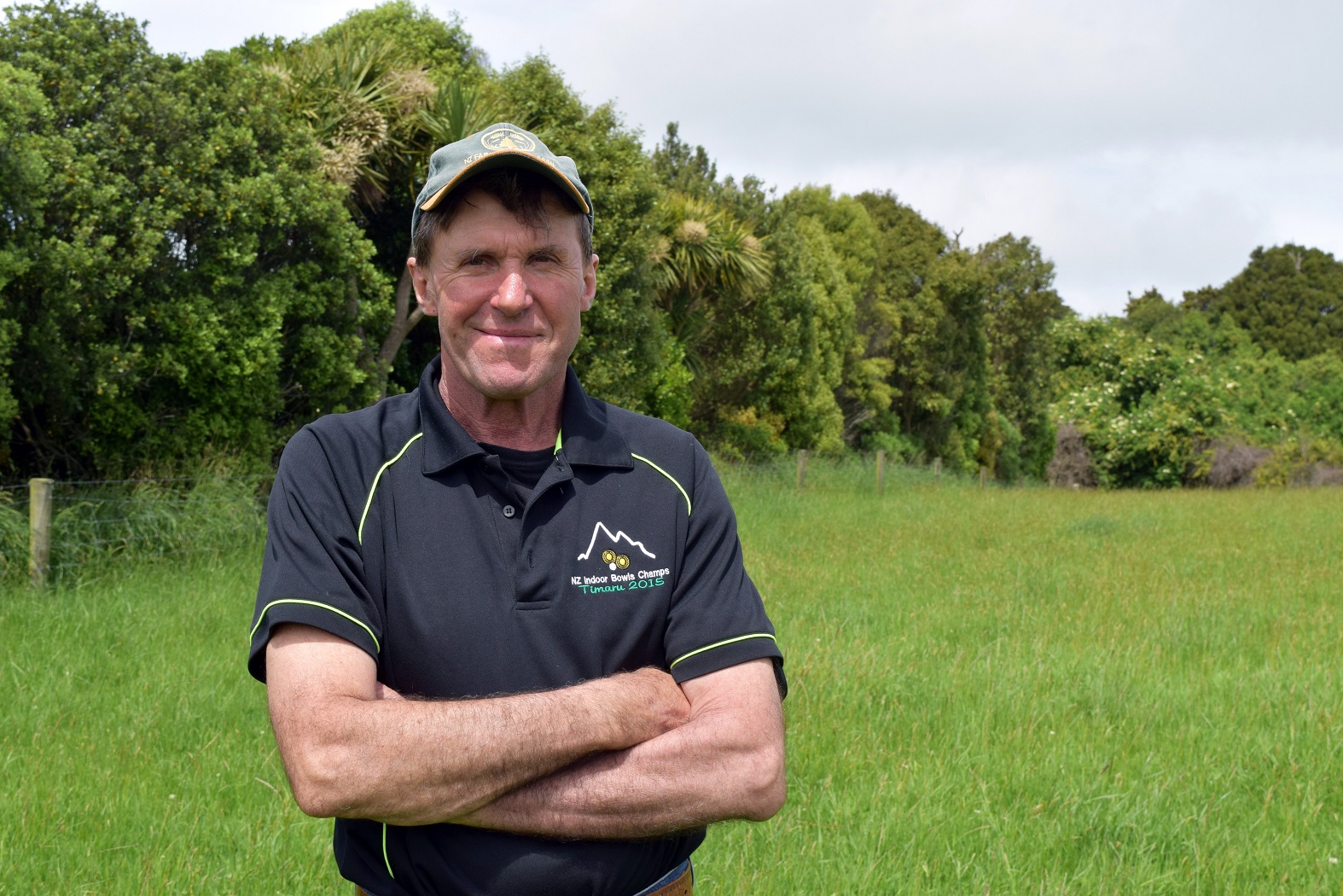
He transplanted those seedlings to shelterbelts on his farm.
Some of the native plants on his farm he had propagated from seed.
He completed a native seed propagating course at Telford this year.
Inspiration for species to plant came from a range of different places, such as seeing a New Zealand cedar when driving over The Kilmog, north of Dunedin, he said.
A concern of showcasing the biodiversity on his farm was it prompting some authority to decide it needed to be locked up in the name of conservation.
If the biodiversity was left alone and there was no farmer doing pest control, it could be smothered by invasive vines, such as muehlenbeckia, or overrun by possums and rabbits, he said.
"The biodiversity is safe while it’s in my hands."
Native birds were a rare sight on Graylands Farms when he was a child; now they were common.
He once counted 28 kereru perching in a mature kowhai tree near his farm house.
He encouraged farmers to use more native plants.
"Natives have been here forever and there’s probably a native to suit every situation."




